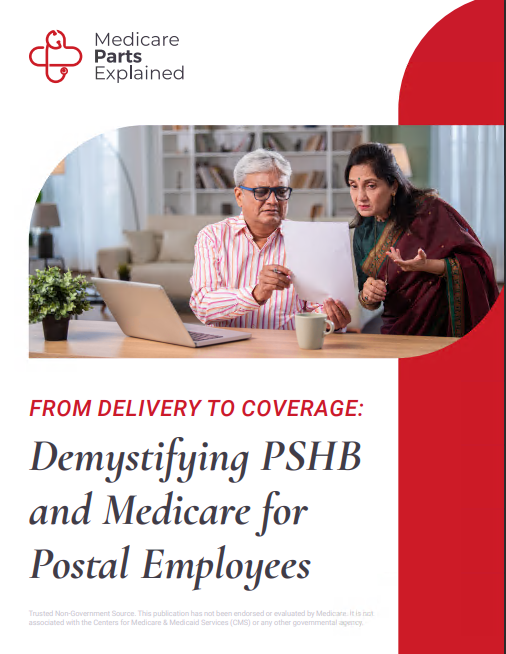Introduction to the Medicare Program
A Brief History of Medicare
Components of the Medicare Program
- Part A (Hospital Insurance): Medicare Part A covers inpatient hospital stays, skilled nursing facility care, hospice care, and some home health services.
- Part B (Medical Insurance): Part B covers outpatient services, such as doctor visits, preventive care, durable medical equipment, and certain home health services.
- Part C (Medicare Advantage): Also known as Medicare Advantage, Part C plans are offered by private insurers approved by Medicare. These plans provide an alternative way to receive Medicare benefits, often including additional coverage beyond Parts A and B, such as prescription drugs, dental, vision, and wellness programs.
- Part D (Prescription Drug Coverage): Part D offers prescription drug coverage through private insurance plans approved by Medicare. This coverage helps beneficiaries afford necessary medications and manage healthcare costs.
Eligibility for Medicare
Most individuals become eligible for Medicare at age 65, regardless of their work history or current employment status. Additionally, certain younger individuals with disabilities or specific medical conditions may qualify for Medicare coverage before reaching age 65. Understanding eligibility criteria and enrollment timelines is crucial for ensuring timely access to Medicare benefits without facing penalties or coverage gaps.
Enrollment Periods
- Initial Enrollment Period (IEP): The IEP begins three months before the month of an individual’s 65th birthday and extends for three months afterward. During this period, eligible individuals can enroll in Medicare Parts A and B without facing penalties.
- General Enrollment Period (GEP): The GEP occurs annually from January 1st to March 31st, allowing individuals who missed their initial enrollment opportunity to sign up for Medicare. However, late enrollment penalties may apply in certain situations.
- Special Enrollment Periods (SEPs): SEPs are available for individuals who experience qualifying life events, such as retiring from employer-sponsored coverage or moving to a new location. These periods provide flexibility for enrolling in or changing Medicare plans outside of the standard enrollment periods.
Coverage and Costs
Medicare Resources and Support
Navigating the Medicare program can be daunting, but beneficiaries don’t have to do it alone. The Centers for Medicare & Medicaid Services (CMS) offers a wealth of resources, including educational materials, online tools, and personalized assistance through the Medicare helpline. Beneficiaries can access information about coverage options, enrollment processes, and rights and protections under the Medicare program.




